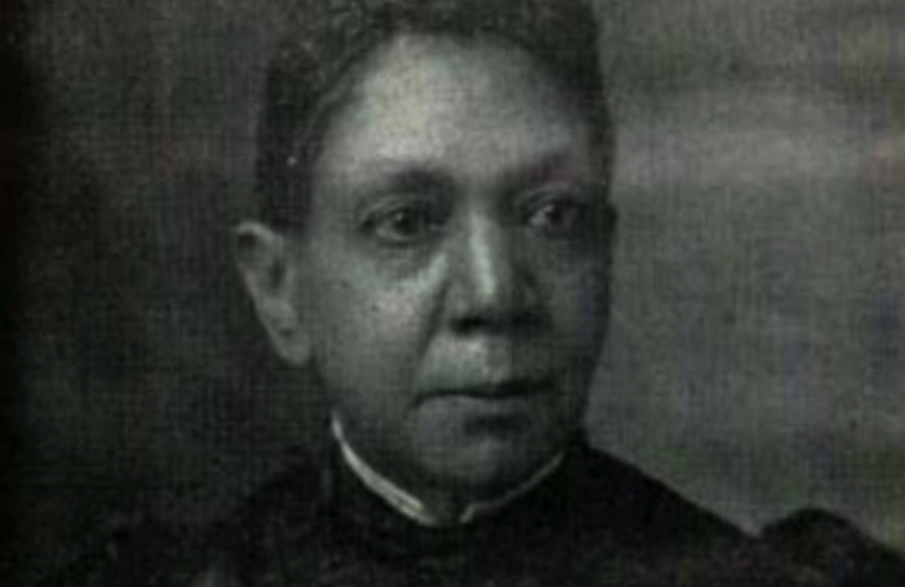
Fanny Jackson Coppin (1837-1913)
On February 25, 1837, Cheyney University of Pennsylvania became the nation’s first Historically Black College and University. The University itself was established through the bequest of Richard Humphreys, a Quaker philanthropist who bequeathed $10,000—one-tenth of his estate—to design and establish a school to educate people of African descent, and to prepare them to be teachers themselves.
Humphreys himself was an artist—a silversmith—a detail worth mentioning. (Inspiring to imagine that the creative mind flourishes when tasked with mentorship.) Originally called The Institute for Colored Youth, Cheney drew its earliest students—five of them—from a local orphanage: sewn into its mission was a deep and abiding sense of stewardship on behalf of those less fortunate. Humphreys believed deeply in what he called “the potentialities of all men”.
The story of Cheney University has deep roots in both artistic inquiry and equitable governance, led in no small part by the remarkable Fanny Jackson Coppin: born a slave, Jackson Coppin graduated from Oberlin and soon after, began a career of modeling excellence in teaching, learning, and educational innovation. In her role as the school’s principal, she expanded the curriculum to include an Industrial Department, established a Women’s Industrial Exchange to feature the artistic work of young women, and founded a Home for Girls and Young Women to house out of town staff. (You can read her autobiography online here.)
Fanny Jackson Coppin was the first woman, black or white, to head a coeducational institute of learning in the United States. In 1865. The year the Civil War ended.
Today, Cheney is one of more than 100 HSBCU schools offering degree programs in multiple subjects including graphic design. In coming months, we hope to feature interviews with—and showcases of work by—faculty and students from these and other schools, so many of which will only open for distance learning this fall.
What a propitious moment for us to join together and share what we can. For now—some potentialities to consider. (And not just for men.)
Thanks to the superstar activists art Space Industries—a California-based spatial design collective—you can now consult a robust (and regularly-updated) list of anti-racist resources.
For those of you not on vacation next week, New Grounds for Design Education is an upcoming (7/30) discussion between students and alumni of leading architecture schools, sponsored by The New York Review of Architecture.
A longer-view—involving a task force you can apply to join—can be found here: The Future of Design Education is a collaborative initiative made up of a number of senior designers from academia and business who want to rethink design education.
Finally, we’ll be hosting our own conversation about design education this coming Tuesday evening, at 5pm Pacific | 8pm Eastern, for members of The Design Observer Cooperative. We hope to see some of you there, and invite you to sign up if you’re not already a member: for every paid subscription, we provide a free annual pass to an emerging designer or student. We’d like to think that Richard Humphreys—and Fanny Jackson Coppin—would have approved.
As ever, feel free to comment below, and send suggestions for resources we can share here.

